Just a short Walk today that was part of a longer walk, from downtown Brooklyn to the edge of Williamsburg. Today I will cover the short span of Hanson Place, which runs from the confluence of Flatbush and 4th Avenues to the confluence of Fulton Street and Greene Avenue — some of Brooklyn’s longest streets. Hanson Place, though, itself runs only four blocks.
Hanson Place first turns up on maps before 1850, though its namesake, abolitionist Dr. Samuel Hanson Cox, born in 1793, lived until 1880. Fox was pastor of the First Presbyterian Church on Henry Street for 17 years and built a house, formerly at Fulton and S, Oxford Streets, that he named Rusurban (short for the Latin rus in urbe, or “country in city.”)
Though Hanson Place is among Brooklyn’s shorter through streets, it can claim Brooklyn’s sixth tallest (and till recently the tallest) tower, #1 Hanson Place, the Williamsburgh Bank Tower.
The 34-story, 512-foot tall tower, which can be seen from western Queens, southern Brooklyn, and eastern Manhattan as well as the Bronx (from the Whitestone Bridge) was built from 1927-1928 by architects Halsey, McCormack and Helmer. The firm’s Robert Helmer wrote at the time that he was seeking to build a “cathedral dedicated to the furtherance of thrift and prosperity.” It was constructed in a style architectural experts call Byzantine Romanesque, with Art Deco touches, and has one of the largest 4-faced clocks in the USA. For most of its existence it was home to offices of the Williamsburgh Savings Bank, but also a large collection of dentists and oral surgeons (I have had 3 done in the building) for which I’ve nicknamed it The House of Pain.
The vaulted marble banking hall on the ground floor with 63-foot vaulted ceilings, 40-foot windows and elaborate mosaics is a must-see experience for every NYer. The hall is open to the public during the cold months when it is occupied by the Brooklyn Flea, the upscale rummage sale. A couple of good images of the banking hall can be seen at Skylight NYC One Hanson, which developed the building’s apartments — it was largely converted to condominiums in the early 2000s.
In 1928 it was the tail end of the era when ostentatious ornamentation, gewgaws and fillips were being added to architecture. Today these are considered pretentious and extraneous by many architects, especially since the streamlined International Style first started taking hold in the 1940s. A stroll past the Willie’s front entrance and especially the interior limestone banking room will reveal dozens of “Easter eggs”:
Carved details around the windows are appealingly literal, in the vein of architecture parlante, speaking of the values of thrift with beehives, squirrels that store nuts, the head of Mercury, god of Commerce, wise owls, and seated lions whose paws protect the bank’s lockbox, with the bank’s monogram on the lock haft. Embedded in the ashlar wall face above are square bas-reliefs, one on the right of a burglar, whom the depositor understood would be thwarted by the extremely massive 60-ton vault doors in the basement, which stood open for inspection during banking hours. wikipedia
One of the Tower’s now little-known features is a pair of observation decks near the top of the building that offer unobstructed views for miles in every direction. The decks are now part of private penthouses, and have, n any case, been closed to the public since 1977; maintenance costs have caused many skyscrapers to close their observation decks to the public long before the 9/11/01 terrorist massacre. photo: Paramount Realty
In 2005 my pal Moses Gates, who likes to ascend tall places most people aren’t admitted, got a series of pictures from the observation deck that show an exhibit placed there in 1976 to celebrate the American Bicentennial and the Battle of Brooklyn, which was fought near where the tower was built in 1776.
Which means they went to considerable expense to get these plaques installed, which were used for only one year.
This evening view looks south from the tower. The two skeins of light are Flatbush Avenue on the left and 4th Avenue on the right. The Verrazano-Narrows Bridge can be seen at the horizon. photo: Paramount Realty
HSBC is a ubiquitous bank around town and they’ve gained control of some of the more historic bank buildings in the city, such as the Bowery Savings Bank among others. After a series of mergers they also cintrolled the Williamsburgh’s assets, and in 1989 placed this historic plaque at the entrance.
The Willie also boasts one of the more elaborate remaining subway entrance signs in the city. From here the Pacific Street/Atlantic Avenue station), you can pretty much catch a subway to everywhere, as the BMT R, N, D, Q, B and the IRT 2, 3, 4, 5 can all be accessed.
For reasons that will become obvious, I thought for the longest time that this was the Church of St. Felix. Instead it’s the Hanson Place Central Methodist Church. It’s also the only church I’ve ever seen that has leased space to a pizzeria on the ground floor. It quickly followed the Willie, which it adjoins, in 1931 and can be seen as a companion pice, since the architects were the same. Francis Morrone, one of NYC’s foremost architectural observers, says it’s reminiscent of the Liverpool Cathedral in the UK, built in 1903. This is the third church to occupy the site.
The cornerstone notes the previous addresses of Central Methodist, on Summerfield Street in Ridgewood and Fleet Street in downtown Brooklyn.
St. Felix Street at Hanson Place. The north-south street originally was laid out about 1845 from DeKalb Avenue south to Hanson Place, with a later southern extension to Atlantic Avenue on the former west end of the Fort Greene slaughterhouse and meatpacking district (until the late 1970s Brooklyn had a meatpacking area of its own, but unlike Manhattan’s, it didn’t gradually give way to chic boutiques and boîtes, just shopping malls and high rise apartment houses).
The street wasn’t named for a church, as I had thought, but Brooklyn Heights merchant John Renane St. Felix, a son of French immigrant Mary Antoinette St. Felix, whose father had been an aide to the queen with the lopped-off noggin. St. Felix owned acreage the city of Brooklyn purchased in the early 1840s and laid out the rough grid of streets that marks it now.
St. Felix Street from Hanson Place in 1916. At left is the second of the three Methodist churches at the northwest corner. The buildings along St. Felix Street are mostly still there. The storefront at right is a vacant lot as of 2011. photo: NY Times
The foundation of St. Felix Street has been undermined at regular intervals. When the tunnel for the new BMT subway was built along St. Felix Street in 1917, the construction was on unstable sand and the street collapsed, necessitating reconstruction and compromising the church, which had to be shored up and was ultimately razed in 1927, making way for the present building. Water mains also broke in 1976, 1977, 1996, and 1997, resulting in a full reconstruction of the block that lasted over two years. photo: NY Times
55 Hanson Place, at Fort Greene Place, home to a variety of state offices, is the Shirley Chisholm Building, named for the first black woman elected to Congress, representing Brooklyn’s 12th District from 1969-1983. In the spring of 1972 she ran for President thus becoming the first major party African-American Presidential candidate, and first female Democratic candidate (Senator George McGovern of South Dakota won the nod but lost 49 states to Richard Nixon. Even with a wide lead, Nixon still attempted to tilt the election.)
The southeast corner of Hanson and S. Elliott is a relatively bland building, but is one of many Salvation Army centers around town. The Christian church known for its philanthropy and charity work was founded by a former Methodist minister, William Booth, and wife Catherine in 1865; Booth is remembered by Booth Memorial Avenue (formerly North Hempstead Turnpike) in Flushing and Fresh Meadows, Queens.
This building displays the Army’s somewhat complicated crest with the slogan “Blood and Fire.” The S and the cross signify “Salvation” and the cross of Christ; the swords, spiritual warfare; the rays, the fire of the Holy Spirit; the dots, the truth of the gospel; and the crown of God’s glory.
67 Hanson Place, across the street, is a 15 story residential tower, likely from the 1920s, with several interesting touches like the arch over the front entrance and the ecclesiastical-style lettering on the address, wood moldings and diamond-paned windows.
Moving on to S. Portland Avenue, the Romanesque style, Corinthian columned Hanson Place 7th-Day Adventist Church is a NYC Landmarked building that was first built as the Hanson Place Baptist Church from 1857-1860. The Adventists, who worship on Saturdays and differ in other practices from other Christian churches (including virulent anti-Catholicism), were founded in 1860 by Ellen Gould White. An interesting sidelight is that health food enthusiast John Harvey Kellogg, whose brother William founded the cereal empire, was an Adventist and the faith’s teachings informed his early work.
A casually elegant brownstone at S. Portland and Hanson. Meanwhile, across South Portland Avenue ….
… is a reminder of what happens when a neighborhood or a cluster of like-designed buildings is not landmarked.
Brick pair with pediments on S. Portland, the southerly of which is covered by ivy.
Attached brownstones on South Oxford Street at Hanson Place that may be at the spot where Dr. Cox’s “Rusurban” was.
Though Hanson Place does not line up exactly with Greene Avenue across Fulton Street, Department of Transportation traffic engineers have managed to effect a clean flow with traffic islands and bollards.
The green space at the Fulton-Greene-Carlton Avenue confluence is redundantly called “Cuyler Gore Park” when “Cuyler Gore” would have been sufficient, as “gore” already means a triangular park.
The western portion of this gore was purchased by the City of Brooklyn in 1845 for one dollar. The site was named for a prominent local minister, Dr. Theodore Ledyard Cuyler (1822-1909). Born in Aura, New York and educated by his mother, Cuyler graduated from Princeton College in 1841 and Princeton Theological Seminary in 1846. He served as a minister to a series of congregations in Pennsylvania, New York, and New Jersey, where he married Annie E. Mathiot in 1850. NYC Parks
Look for a further page on this walk on Greene and Classon Avenues soon.
Source:
Fort Greene Factoids: The Saga of St. Felix Street, Howard Pitsch, NY Times, 11/12/10
11/6/11

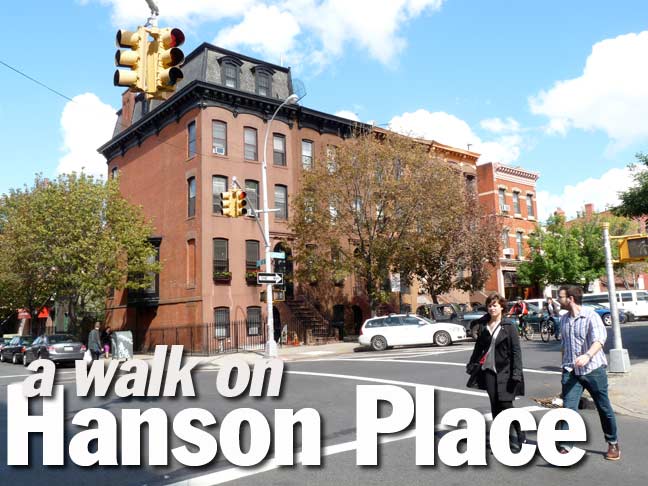
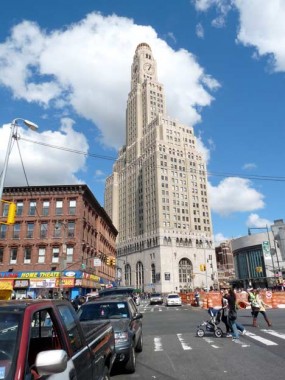
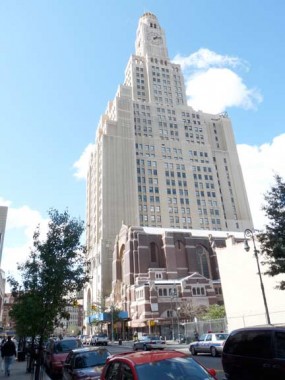
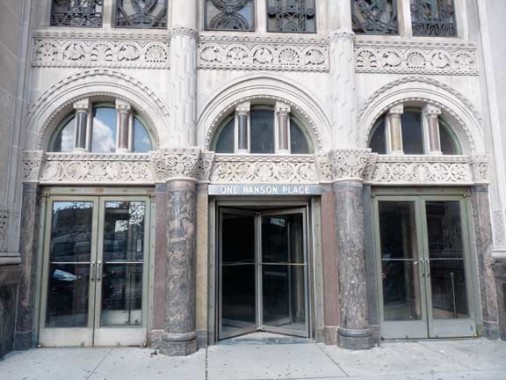

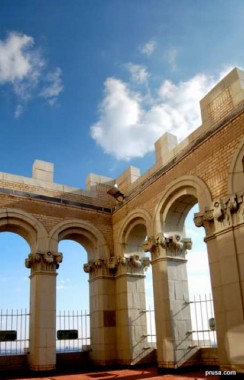
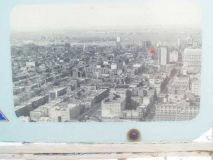
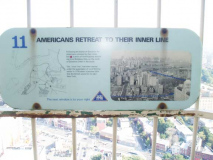
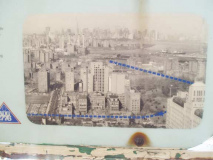
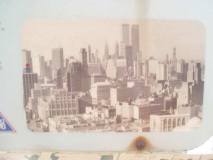
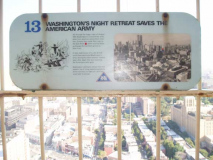
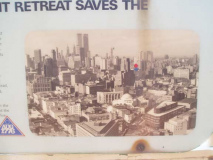
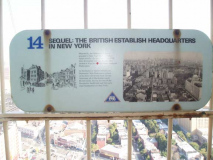
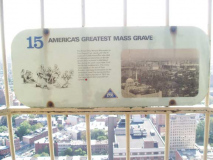

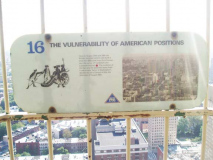

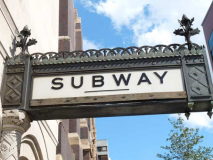
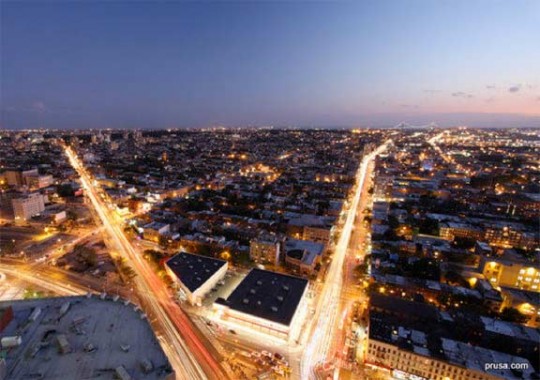
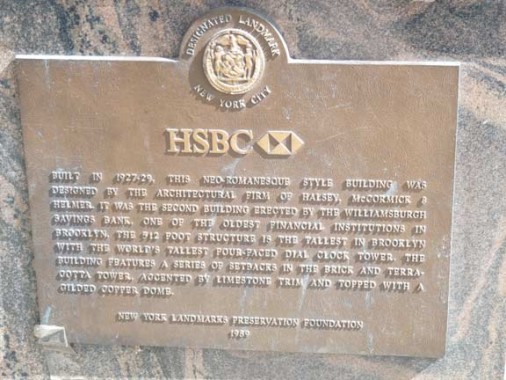
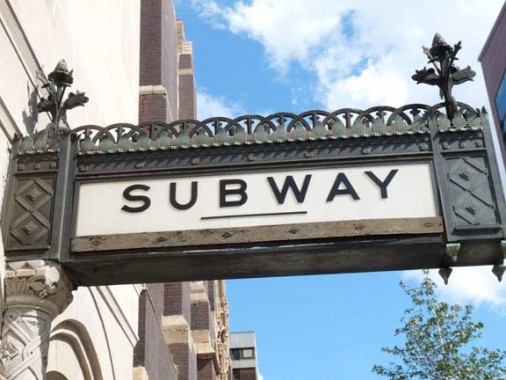
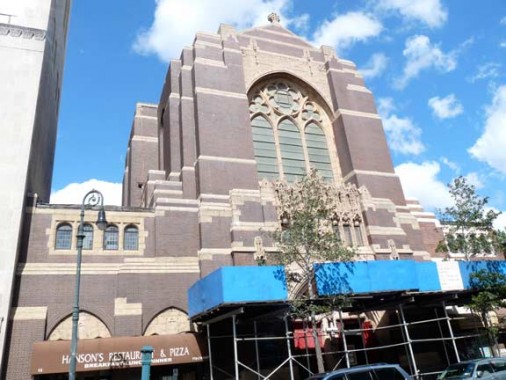
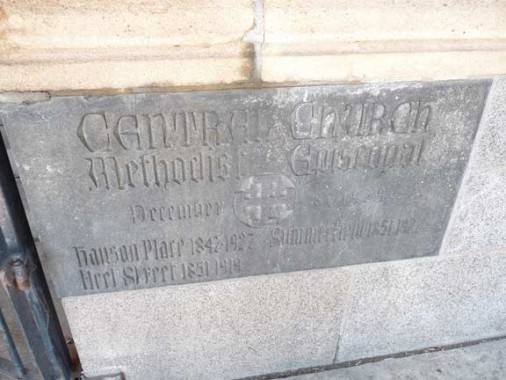
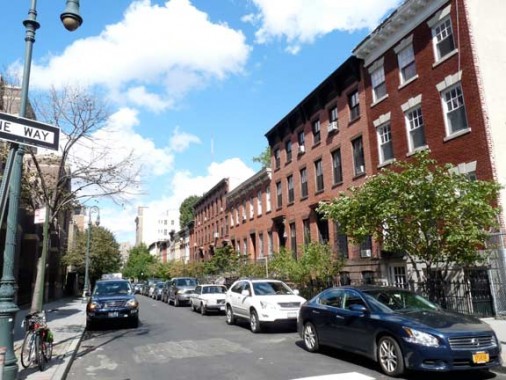


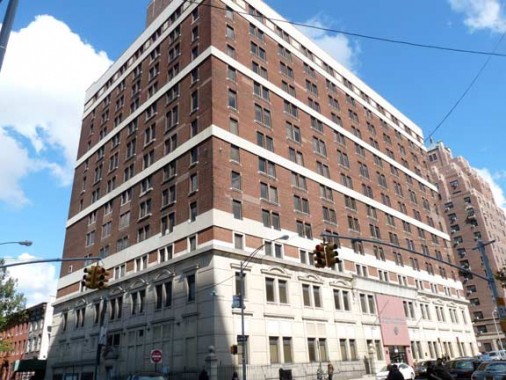
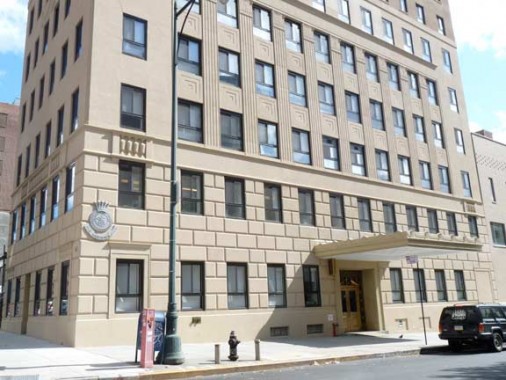


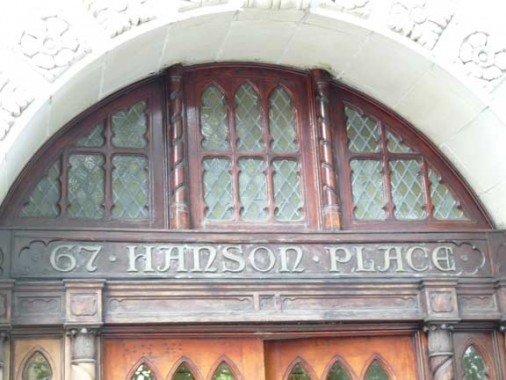



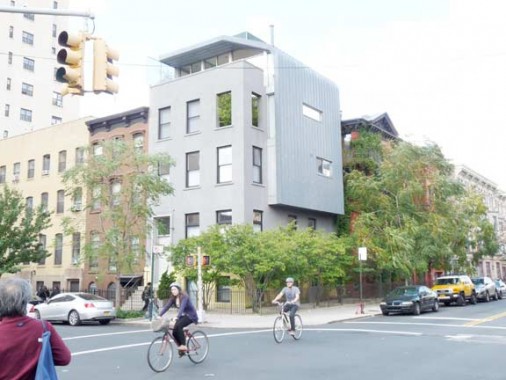
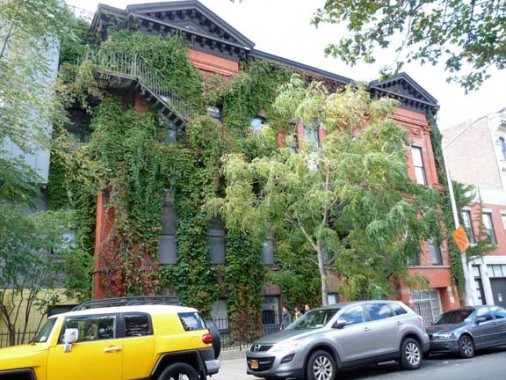

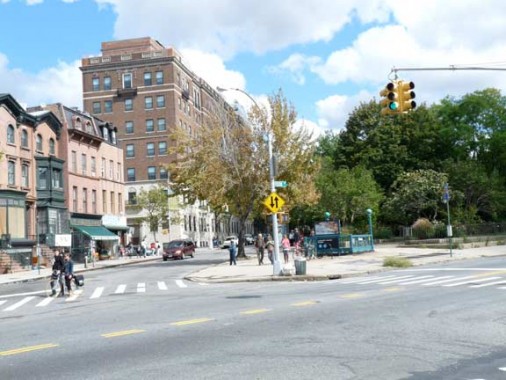
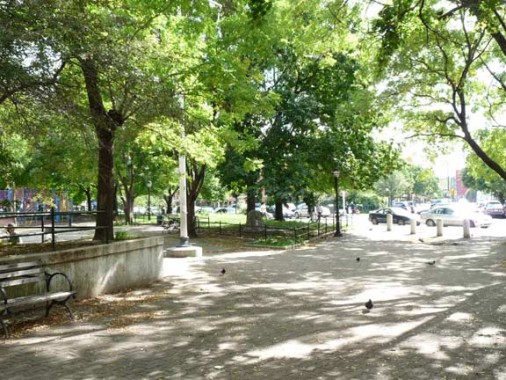

13 comments
Hello; Have loved your site & fb updated for maybe a year.
Suggest you look into the old Staten Island Hospital, it is about to be razed, Hurricane Irene apparently did quite a loot of damage and, well, it’s coming down. This may be your last change (if you have not already checked it out). – Bruce
Do you mean the Smith Infirmary on Castleton Avenue?
I lived at 107 St Felix Street for about two years while attending college in the 1970s. Our living room windows faced the Brooklyn Academy of Music. During one summer period, we further discovered, when the Amsterdam Nude Ballet was performing, that our windows actually faced the women’s dressing room windows. It was a hot summer outdoors and in.
I’m never in the right place at the right time. It is an art.
One of the nice things about living on St Felix St back then (and maybe still now) was that all the brownstones were owned by the same brothers. They tore down the fences between the properties and built a sort of park in the backyards from one end of the block to the other. Of course, one had to climb down a fire escape to get to the park… I also remember the Batesville Casket Company being one or two doors north from our building.
the williamsburg bank building was the tallest building on long island unitill the brooklyner building in downtown brooklyn and the citibank building in long island city were made the citibank building remains the tallest building on long islad and the tallest in the city outside manhatten
As a child, my father once took me up to the outside observation deck of the Willamsburg Savings Bank. I loved the breathtaking view,as a one time Brooklynite, this building being our only sky scraper.
55 Hanson Place also figures into my youth. This building was a YMCA at one time and in the summer of 1964, I attended their day camp program.
Thnaks for the nice arrticle on Hanson Place and bringing back some fond memories.
Bill Mangahas
Love this article….my brother lived at 67 Hanson Place for several years back in the 90’s…great times…
I lived at 67 Hanson Place from 1983-1989. There were many older former navy men living in the numerous SRO hotels – the Brooklyn Navy Yard having been there years before. I visited the observation tower of the Williamsburgh Savings Bank in the early 80’s and there were still some vending machines (working and not-workig and those “put a quarter in and view the magnified scenery” telescope-things like they had at the 86th floor of the Empire State Building years ago.
My building 67 Hanson Place was mostly pensioners, drug-addicts and welfare. I enjoyed a $300/month rent for years and the services were not bad for the price. Some things I had to put up with were my next door neighbors (junkies) in the middle of the night carting off their full-size refrigerator and stove to sell and once having a drug addict come into my apartment when I was opening the door and wouldn”t leave, etc. There were some guys who moved in (for a whole year) with an old man, basically holding him hostage and living rent free. The old man wouldn’t do anything since he had a stroke and was helpless and those guys were threatening him. It seemed half the residents of the building were running some sort of scam.
In hindsight, the neighborhood was beyond colorful with the vestiges of the Bklyn Navy Yard residents, under-class and marginals, etc. 55 Hanson, next door was a homeless shelter for years before being converted to a New York State office building. I am a fine art photographer and, within 2 years will have a book of photographs of this special time and place shot at the time – much empty-lot shots of the pre Barclay Center area. – peter alan monroe
I lived 2 blocks from Hanson Pl. from 1969 to 1979 as an adult. I grew up near Pratt Institute on St. James Pl., and have many memories of the older Hanson Pl. As a child we would walk down to Hanson with my father. It was really pleasent. I remember there was a second hand bookstore that my dad would buy and sell used paperbacks. Also a store we would stop and get ice cream. It was very clean then and the people around were nice. As an adult on Cumberland St. and Green Ave. the neighberhood really started to decline where it was’nt very safe at night When the old A&P closed, along with the Brooklyn Eye and Ear and Adelphi Hospital, the area really went down. I have been back to that area often to meet old friends or drive through and I am SO pleased to see this area come back. It’s a true neighborhood now with a mixed culture all living together and raising there families GO BROOKLYN!!!
Great coverage. I am currently looking at a rezoning issue as archaeology however and would make an editorial suggestion in regards to the origin of the name: the writing turned Cox into Fox who was a founder of the Society of Friends. Could you provide where “Hanson Cox” became “Hanson” as it seems an exception to naming rules, i.e., surnames or last names follow the naming convention and the reviewing agency perhaps would like to see it in print somewhere.
Wonderful service you have provided.
I’ve visited Hanson Place church abd they aren’t virulent anti-Catholic. The author of this article seems rather biased and uninformed.
I visited the One Hanson Place observation deck in the 1980s. A janitor brought us up there and said few people asked to see it at the time. Great views of Brooklyn.